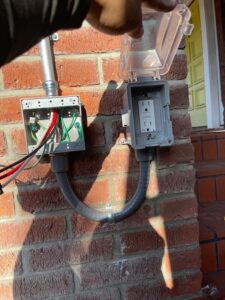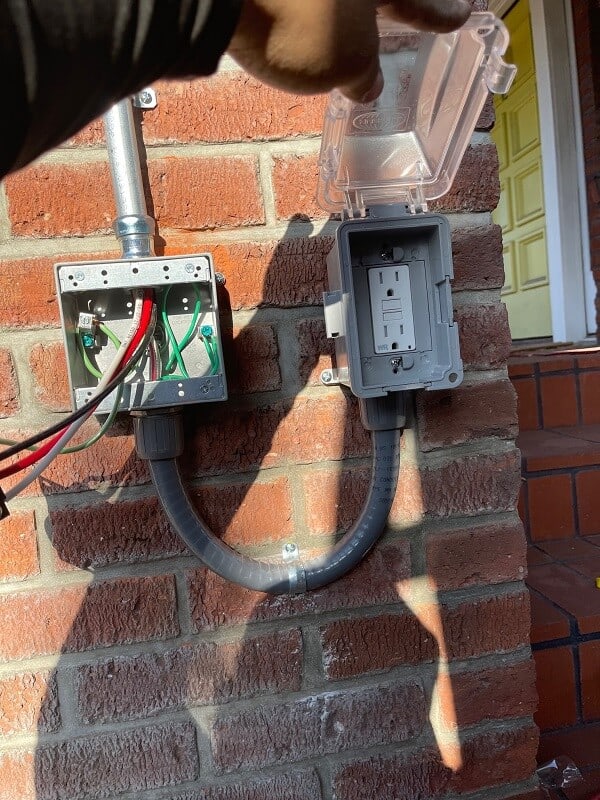 GFCIs or Ground-fault circuit interrupters, safety devices installed on electrical outlets, otherwise called electrical receptacles. You can also find them on extension cords, circuit breakers, and other supported electrical appliances.
GFCIs or Ground-fault circuit interrupters, safety devices installed on electrical outlets, otherwise called electrical receptacles. You can also find them on extension cords, circuit breakers, and other supported electrical appliances.
GFCIs pick up fluctuations in the electrical current of your electrical equipment, then switch off that particular appliance to reduce the electric shock that could be transferred into your body. Most GFCI protective outlets can be found in areas of the home where there’s both electricity and water.
What Parts Of Your Home Should Have GFCI Outlets?
The recommendation of the National Electrical Code (NEC) on GFCI requirements for home units in Article 210.8 is that GFCI outlets be installed for all 125-volt, single-phase, 15- and 20-amp receptacles in the locations below:
- Your bathrooms
Your bathroom is a high risk-level area as water is usually everywhere. All outlets here must be GFCI proof.
- Your laundry and utility sinks.
You have your washing units (washing machine and dryer) which are powered by electricity. So, GFCI protection is necessary for your laundry room where the receptacles are within six feet of the exterior edge of your sink.
- Crawl spaces
Crawl places are uncompleted areas in your building that are below grade level. They also require GFCI protection, especially if the spaces double as storage space.
- Your garages and outdoor buildings
Your garage is on a floor below grade level, meaning it isn’t a living area. However, it needs GFCI protection, even though it is limited to a storage or temporary work area.
Other outdoor receptacles/outlets, except for the ones you have limited access to, should also be GFCI-protected. For example, areas powered by a fixed branch circuit for electric snow-melting.
- Pool and spa rooms
There are pumps, fountains, and other water source in your pool area and spa room. All outlets within 20 feet of your pool, water fountains, and spa should be GFCI-proof.
- Uncompleted basements
Just like crawl spaces, uncompleted basements are areas of your basement that are unoccupied or lived in. They are used as storage space, or sometimes as working areas.
But the receptacles in these areas still require GFCI protection to prevent damage to appliances caused by moisture. The only exception to this rule for basement GFCI protection is when the receptacles of the system powering equipment are permanently fixed or not easily accessible. For example, your burglar alarm and fire alarm systems.
- Your kitchen
All electrical outlets in your kitchen, especially your countertop areas, should have GFCI protection. Receptacles with six feet of your sink or near your dishwasher should also be GFCI-protected.
Although the NEC is the highest authority for creating and implementing electrical rules and regulations, consult with your local building authority on the best GFCI requirements or recommendations.
Why You Need An Electrical Contractor For Your GFCI outlets Installation
There are specific requirements and codes of conduct guiding the installation of electric outlets or anything electric in your home. Trying to fix GFCIs in your receptacles without a professional background in electrical engineering isn’t wise.
You can damage the outlets, or do it wrong and that can affect your electrical connection in the future. You might also end up wasting resources such as materials and your time. Contacting a reliable electrical contractor such as the Electric Connection will ensure you’re following the right GFCI requirements for your home.





